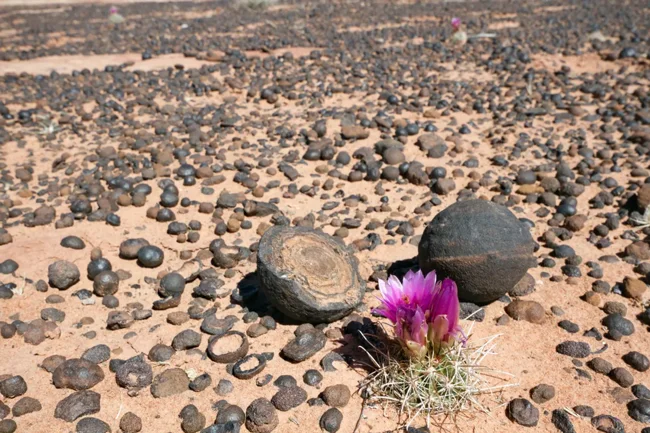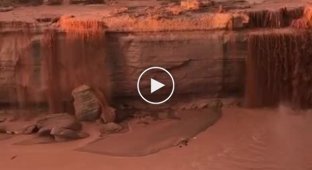The Mystery of Stone Berries: From Hopi Legends to Martian Mysteries (15 photos + 1 video)
In the southern part of Utah, where layers of variegated sandstone give way to the majestic pinkish-white cliffs of the Navajo Formation, a remarkable phenomenon unfolds. 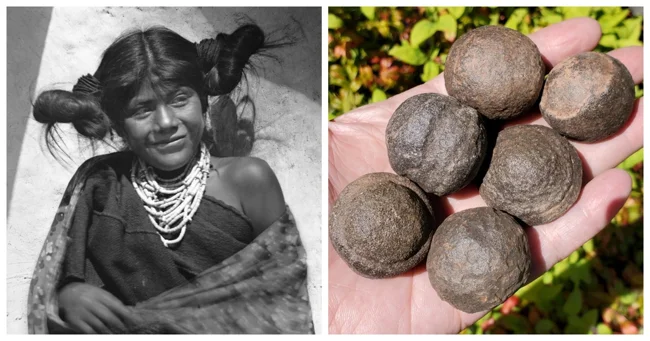
Hundreds of iron spheres are found throughout the area, hidden directly within the rock or naturally arranged into bizarre stone placers. 
Navajo Sandstone
These amazing objects, ranging in size from a pinhead to several centimeters, are known as Moki Marbles. They received their name from the Hopi tribe: the word "Moki" in their language means "dead." Interestingly, the entire tribe was formerly called Moki until they reverted to their original name in the early 20th century. According to ancient Hopi belief, the souls of their ancestors return to our world every night to play with these iron balls. At dawn, they leave them on the ground as a sign for their living relatives, indicating their well-being in the next world. 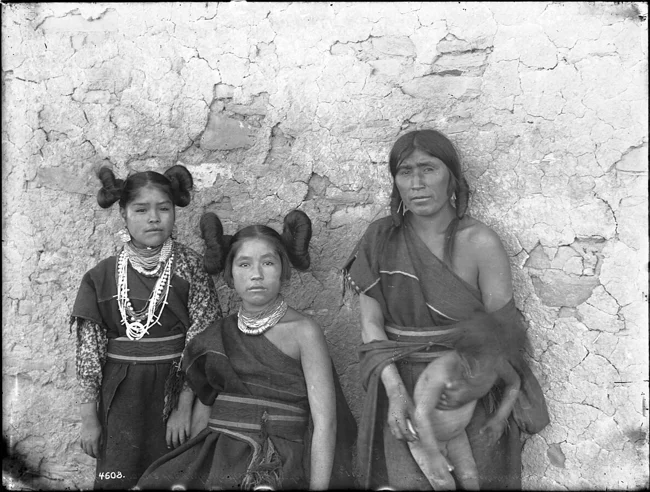
Hopi Indians
These spheres have many names. They are called Navajo cherries, Kayenta berries, shaman stones, or Hopi marble balls. Scientists, however, prefer the precise term: concretions. 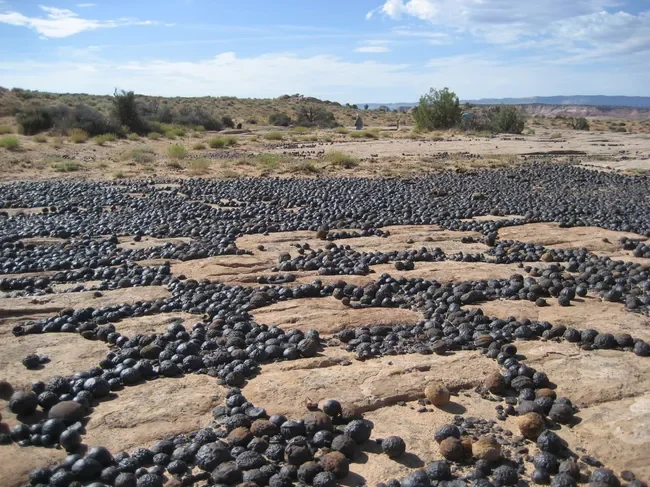
Geologically, Mochi Marbles are sandstone, firmly cemented by iron oxide—hematite. They are often encased in a tough shell of iron ore minerals. Their history began approximately 190 million years ago, when vast swaths of the modern-day United States were covered by a gigantic desert comparable to today's Sahara. Iron particles, mixed with quartz sand, formed these deposits. Slowly, over entire geological eons, the iron fused with the sand grains, creating the unique color palette and patterns of Navajo Sandstone. 
Early in the formation of this rock, groundwater saturated with organic matter and acids began to seep through the porous sandstone. This process dissolved and leached iron, discoloring the strata. As the water's chemistry changed, the iron crystallized, gradually cementing the sand grains together to form hard, concentric layers. Millions of years of erosion have worn away the softer surrounding sandstone, revealing these persistent concretions, which now dot the surface in vast fields. 
Moki Hill, Utah
New scientific evidence indicates that the oldest Moki Marbles are no more than 25 million years old, while the youngest, found on the Paria Plateau in Arizona, formed approximately 300,000 years ago. 
Similar concretions are found all over the planet and even beyond. In 2004, NASA's Mars rover discovered similar formations on the Red Planet, which researchers dubbed "Martian blueberries." Scientists believe their formation mechanism is similar to that on Earth, providing strong evidence for the presence of liquid water on ancient Mars. Furthermore, it's possible that microorganisms may have been involved in this process, making these findings particularly significant in the context of the search for traces of extraterrestrial life. 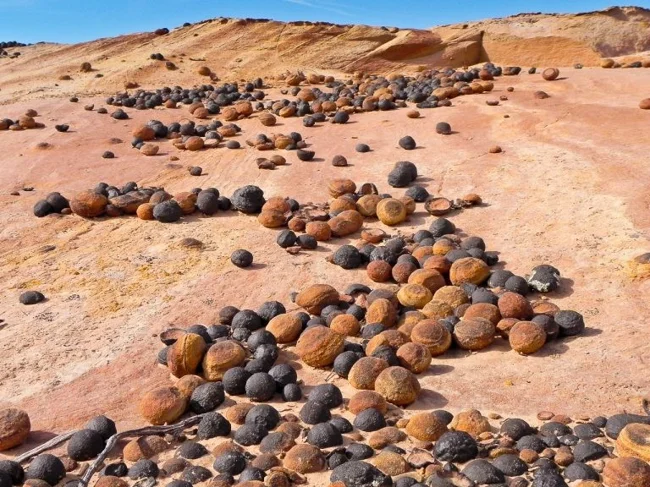
The key difference between the two types of concretions lies in their composition: while the Martian spherules are likely solid hematite formations, their terrestrial counterparts are primarily composed of sandstone, with hematite binding the material by volume, accounting for between a few percent and a third. 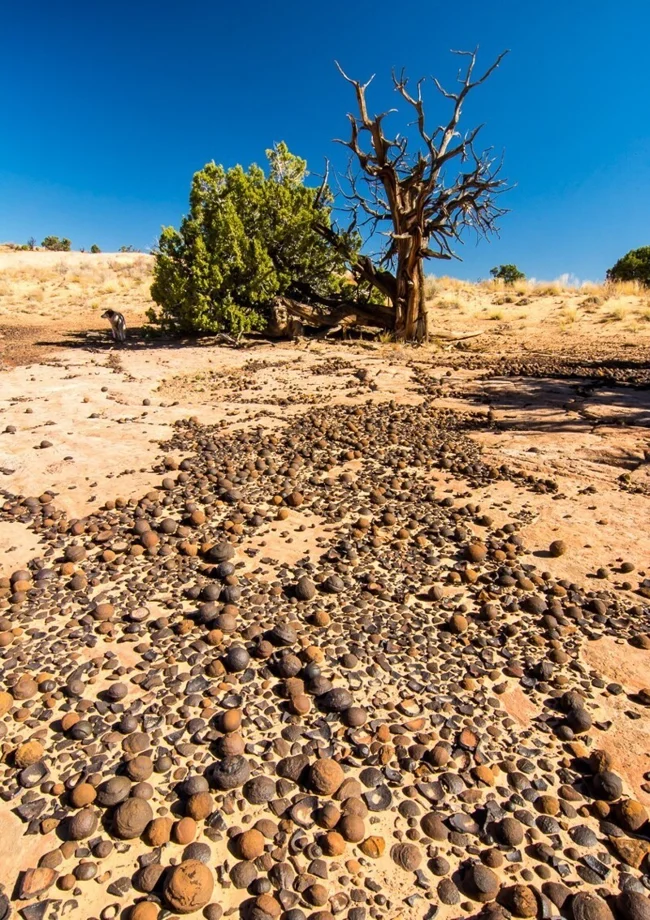
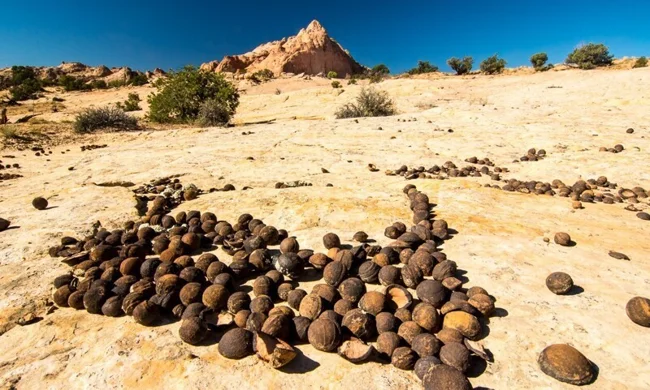
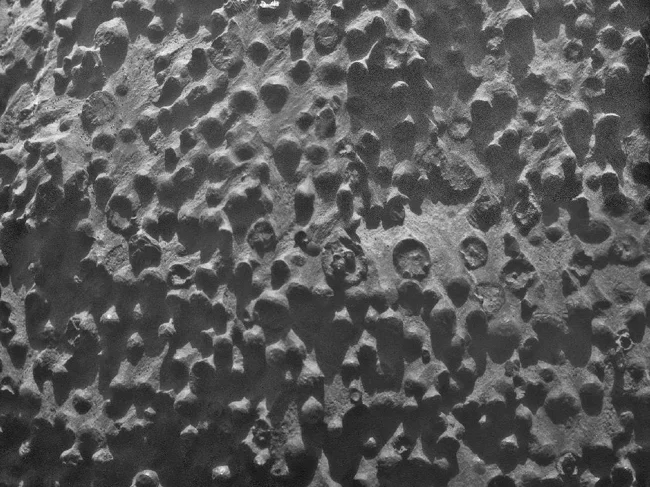
Martian Blueberries 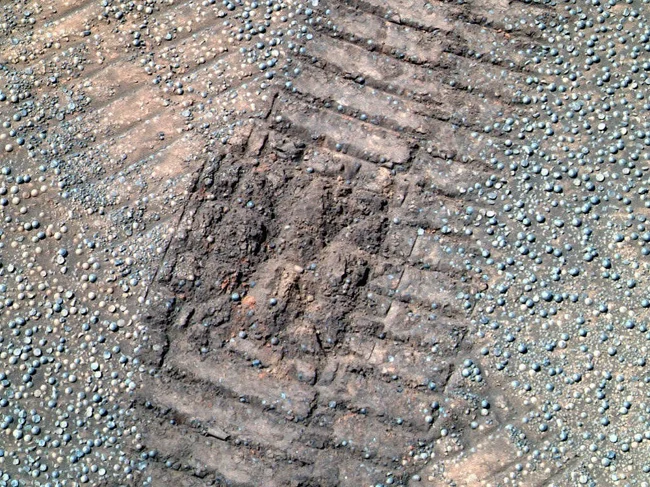
"Blueberries" against the backdrop of a rover track 
Blueberry fields on Mars, as photographed by a rover "Opportunity" 
